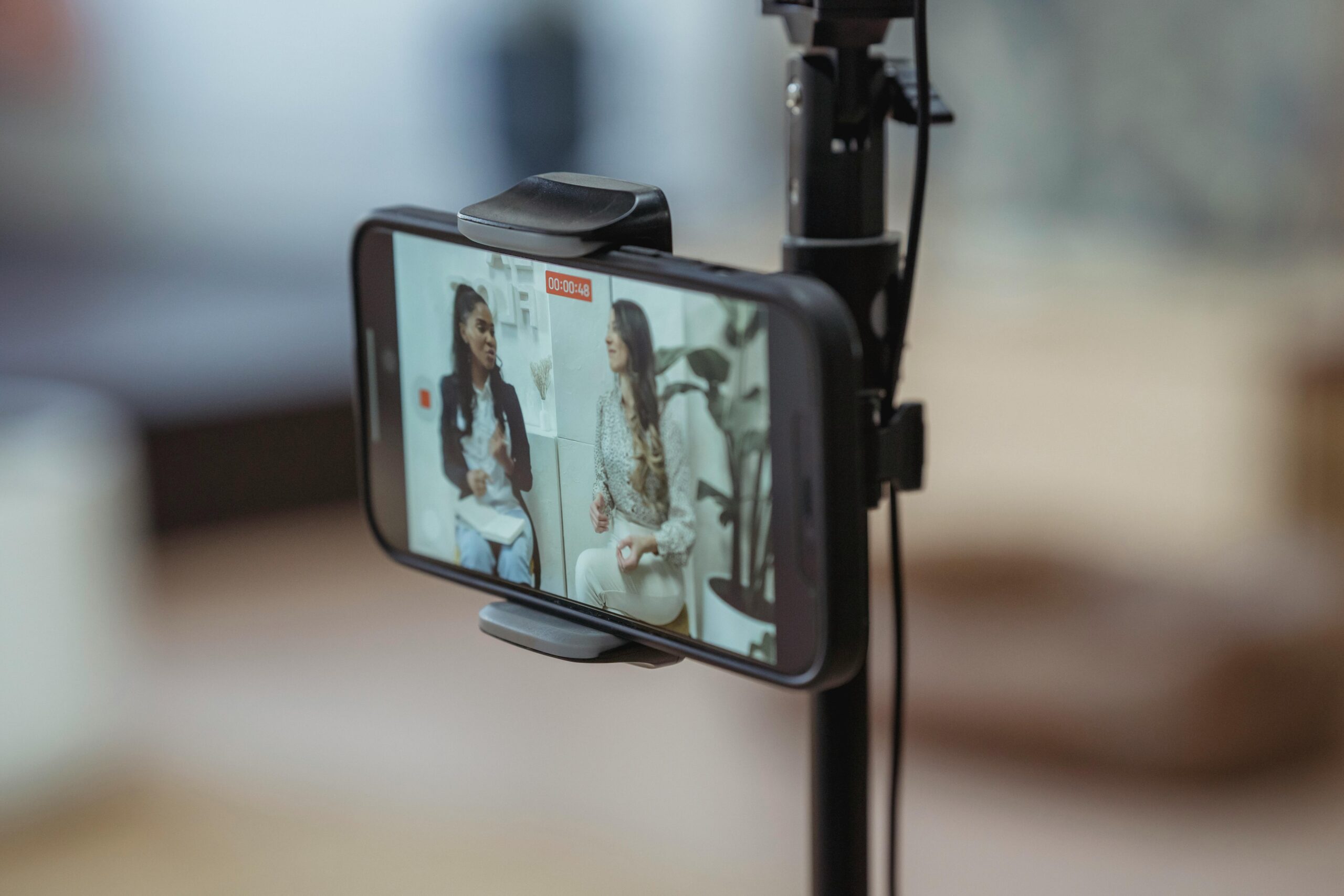Meta Description: Discover the pros and cons of micro vs macro influencers in 2025. Learn how to choose the right partnership strategy for your brand’s goals, budget, and audience.
Introduction: The Evolving Landscape of Influencer Marketing
In 2025, influencer marketing remains a $20 billion industry, but the rules of engagement are shifting. Brands now face a critical choice: partner with micro-influencers (10K–100K followers) or macro-influencers (100K–1M+ followers). While macro-influencers once dominated campaigns, data shows a 65% increase in brands investing in micro-influencers (Source: Influencer Marketing Hub, 2024). Why the shift?
This guide breaks down the differences, advantages, and use cases for each, helping you decide which path aligns with your 2025 goals.
Defining Micro vs Macro Influencers
Before diving into comparisons, let’s clarify the definitions:
- Micro-Influencers:
- Followers: 10,000–100,000
- Focus: Niche audiences (e.g., vegan fitness, sustainable fashion)
- Strengths: Authenticity, community trust, hyper-targeted engagement
- Macro-Influencers:
- Followers: 100,000–1,000,000+
- Focus: Broad audiences (celebrities, lifestyle gurus)
- Strengths: High visibility, mass reach, brand recognition
Key Insight: Micro-influencers often outperform macro-influencers in engagement rates—up to 3x higher (Source: Later, 2024). But reach matters too. Let’s explore the trade-offs.
1. Engagement Rates: Why Micro-Influencers Shine
Data Point: Micro-influencers average 3.6% engagement, vs. macro-influencers’ 1.8% (Source: HypeAuditor, 2024).
Why It Matters:
- Niche Audiences: Followers trust micro-influencers as “experts” in specific areas.
- Two-Way Conversations: Smaller followings enable personalized replies, fostering loyalty.
- Cost-Effectiveness: Lower fees for higher engagement ROI.
Example: A skincare brand partnering with a micro-influencer in dermatology sees 500+ comments per post vs. 1,000 likes from a macro-influencer with minimal interaction.
2. Reach and Visibility: Macro-Influencers’ Dominance
While engagement is lower, macro-influencers excel at:
- Brand Awareness: Exposing your product to millions overnight.
- Credibility Boosts: Associations with celebrities (e.g., Selena Gomez promoting Rare Beauty) signal quality.
- Viral Potential: Trend-driven content scales faster.
Data Point: Macro-influencers drive 40% more website traffic than micro-influencers (Source: BuzzSumo, 2024).
When to Use: Launching a new product or entering a competitive market.
3. Cost Comparison: Budget-Friendly vs Big-Spend Campaigns
Micro-Influencers:
- Cost per post: $100–$1,000
- ROI: Higher engagement per dollar spent
Macro-Influencers:
- Cost per post: $5,000–$100,000+
- ROI: Lower engagement per dollar but broader reach
Case Study: Daniel Wellington’s early success relied on 1,000+ micro-influencers, spending under $10,000 total. Compare this to Dior’s $2M campaign with Kim Kardashian, which generated massive buzz but diluted authenticity.
4. Trust and Authenticity: The Micro-Influencer Edge
Data Point: 82% of consumers trust micro-influencers more than celebrities (Source: Nielsen, 2023).
Why It Works:
- Relatable Content: Followers view micro-influencers as peers, not celebrities.
- Niche Expertise: A fitness coach recommending protein powder feels more credible than a pop star.
- Lower “Sponsored” Fatigue: Audiences detect forced partnerships with macro-influencers.
Example: Outdoor brand Patagonia partners with eco-activist micro-influencers, reinforcing its sustainability mission.
5. Long-Term Partnerships: Building Brand Loyalty
Micro-Influencers: Easier to maintain ongoing collaborations.
- Example: Gymshark’s “66 Degrees North” campaign with fitness micro-influencers built a loyal community over 12 months.
Macro-Influencers: Often one-off deals due to high costs.
- Risk: One-time exposure without lasting connections.
6. Platform Dynamics: Where Each Thrives
- Instagram/TikTok: Micro-influencers dominate Reels and niche trends.
- YouTube: Macro-influencers excel in long-form reviews or unboxing videos.
- LinkedIn: Thought leaders (a form of macro-influencers) drive B2B engagement.
Pro Tip: Use TikTok for viral challenges with micro-influencers and Instagram for macro-influencer brand campaigns.
7. Measuring Success: Metrics That Matter
| Metric | Micro-Influencers Focus | Macro-Influencers Focus |
|---|---|---|
| Engagement Rate | High | Low |
| Follower Growth | Steady | Rapid but volatile |
| Conversion Rate | Higher (niche audiences) | Lower (broad audiences) |
| Brand Mentions | Organic and detailed | High volume, low depth |
How to Decide: Key Questions to Ask
- What’s Your Goal?
- Brand awareness? → Macro-influencers.
- Community building? → Micro-influencers.
- What’s Your Budget?
- Small budgets? → Micro-influencers.
- Large campaigns? → Mix both.
- Who’s Your Audience?
- Niche demographics? → Micro-influencers.
- Mass market? → Macro-influencers.
- What’s Your Timeline?
- Short-term hype? → Macro-influencers.
- Long-term trust? → Micro-influencers.
Hybrid Strategies: Combining Micro and Macro for Maximum Impact
Example: Glossier’s 2023 campaign used:
- Macro-influencers (e.g., Emily Ratajkowski) for launch buzz.
- Micro-influencers for UGC (user-generated content) and tutorials.
Result: 2M+ engagements and a 15% sales lift.
Future Trends in 2025: What to Watch
- AI-Driven Matchmaking: Tools like Influencive and Upfluence use AI to pair brands with influencers based on audience overlap.
- Decentralized Platforms: Emerging platforms like DeSo and Mastodon favor micro-influencers.
- Transparency Demands: 70% of Gen Z consumers demand disclosure of paid partnerships (Source: Morning Consult, 2024).
Case Studies: Real-World Successes
- Daniel Wellington (Micro-Influencer Strategy):
- Partnered with 1,000+ micro-influencers.
- Result: $220M in annual revenue by 2022.
- Apple x Kylie Jenner (Macro-Influencer Campaign):
- Promoted AirPods on Instagram Stories.
- Result: 10M+ impressions in 24 hours.
Conclusion: Choose Based on Strategic Fit, Not Hype
In 2025, the micro vs macro debate isn’t about picking a winner—it’s about alignment. For startups and niche brands, micro-influencers offer cost-effective trust-building. For global launches or rebranding efforts, macro-influencers deliver unmatched reach.
Action Steps:
- Audit your goals, audience, and budget.
- Test both strategies with A/B campaigns.
- Leverage analytics tools to refine your approach quarterly.
FAQs
Q1: Are micro-influencers better for SEO?
A: Indirectly. Their content drives traffic and backlinks, boosting domain authority.
Q2: How do I vet influencers in 2025?
A: Use tools like HypeAuditor for fake follower detection and engagement analytics.
Q3: Can B2B brands use micro-influencers?
A: Yes! LinkedIn thought leaders with 10K–50K followers often outperform CEOs with millions.
Q4: What’s the average contract length for macro-influencers?
A: 3–6 months for exclusivity clauses.
Q5: How do I negotiate with micro-influencers?
A: Offer free products, affiliate commissions, or exposure in exchange for lower fees.




![Read more about the article From Virality to Value: How to Make Trending Content Work for Your Brand [2025 Guide]](https://www.ragereviews.co/wp-content/uploads/2025/05/pexels-ron-lach-8368350-200x300.jpg)
